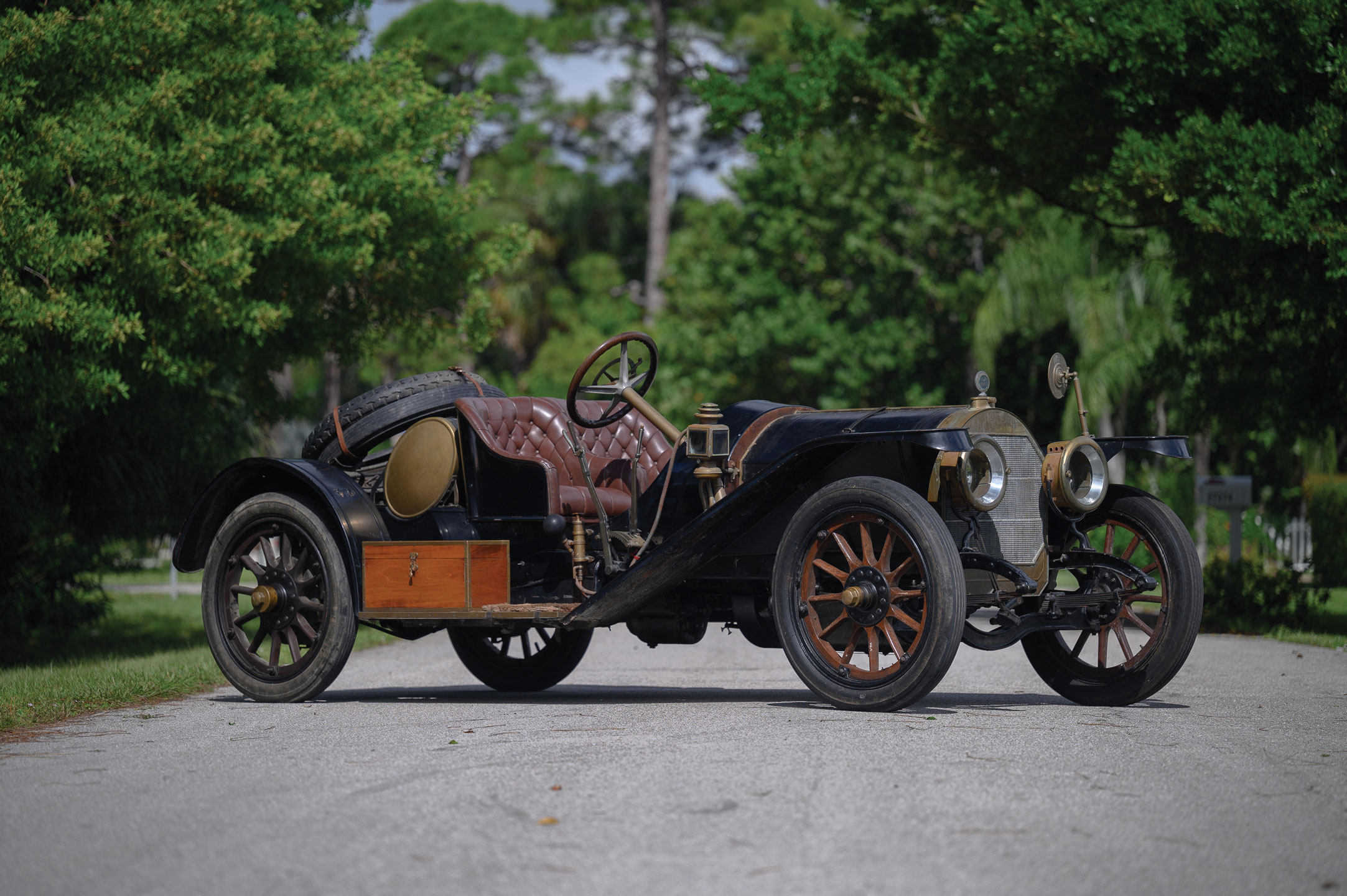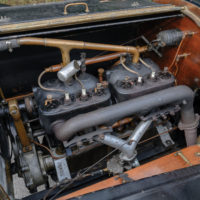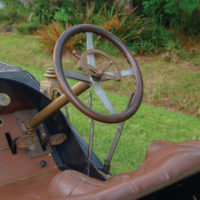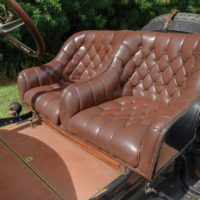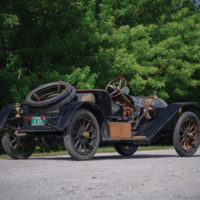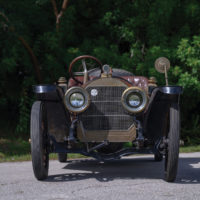SCM Analysis
Detailing
| Vehicle: | 1912 Kissel Kar Model D-11 Semi-Racer |
| Years Produced: | 1910–13 |
| Tune Up Cost: | $750 |
| Chassis Number Location: | Stamped left frame rail |
| Club Info: | Antique Automobile Club of America |
| Website: | http://www.aaca.org |
| Alternatives: | 1911 Mercer Model 30 Raceabout, 1911 Simplex Runabout, 1912 Stutz Bearcat |
| Investment Grade: | A |
This car, Lot 25, sold for $78,400, including buyer’s premium, at Bonhams’ Greenwich Concours d’Elegance Online Auction, held October 21–25, 2021.
Louis Kissel, who emigrated from Germany with his family, moved to the rural community of Hartford in 1883. Fortunately, he had four sons, as his grocery and hardware business quickly expanded into a number of varied enterprises that included the Hartford Plow Works, the Hartford Electric Company and the Kissel Manufacturing Company. Two of the youngest brothers, Will and George, had an interest in motor cars and built an experimental 4-cylinder car in the family’s farm-implement factory in 1905. The task the brothers faced was not so daunting, as one of their companies was already making engines for farm use.
The Kissel brothers’ first demonstrator was not particularly attractive but proved to be reliable. With the encouragement of their family, the Kissel Motor Car Company was incorporated in 1906, and production began the following year. Cars, while not commonplace at this time, were becoming more frequently seen. Ford, Oldsmobile, Cadillac and Buick were going concerns by then.
Kissel built its own chassis, with engines and bodies initially outsourced. It used an attractive brass grille reminiscent of the Pope-Hartford. A distributor’s wife suggesting calling them Kisselkars, which stuck, though the words were later separated.
A Hollywood favorite
The line expanded and production was moved entirely in-house, with Kissel building all sorts of commercial vehicles including fire trucks, ambulances, police wagons and even beer wagons. It donated a car to Hollywood silent screen star Anita King for her transcontinental trip in 1915, the first such trip for a female driving alone.
Kissel’s most popular model was a 2-/4-passenger speedster known as the “Gold Bug.” The name came from a reader of The Milwaukee Journal — chosen from over 500 suggestions — who earned $5 from the contest to create a name for the car one of its journalists was using for his annual tour of the Wisconsin countryside. The “Gold Bug” was popular with the Hollywood set, as Mary Pickford, Al Jolson, Greta Garbo and Douglas Fairbanks were counted among the prominent owners.
Kissel’s strategy was to offer something for most every buyer, and the company prospered. In the early teens Kissel sold a bewildering number of models with varying wheelbases and engines. In 1912 alone there were four series with five models in each series. The wheelbases ranged from 116 to 132 inches and 30-, 40-, 50- and 60-horsepower engines were offered. Prices ranged from $1,350 to over $3,000. The sporty Semi-Racer, introduced in 1911, was offered in all series. Kissel Kars were easily identified with their distinctive radiator and off-center badge, or “radiator button,” as it was called out in the company’s price list.
Pieces and parts
Our subject car, nominally a Model D Semi-Racer, was a “bitsa,” with pieces and parts collected from here and there. The body was a handmade replica, and the chassis and engine were sourced from different cars. This is fine if the buyer knew that this was not an authentic Semi-Racer. He should have based on the price, as he was paying a fraction of what a real one (or a contemporary Mercer Raceabout or Stutz Bearcat) might go for.
The frame was stated to have been a 124-inch wheelbase from 1912 which, according to the Standard Catalog of American Cars 1805–1942, would have made it a Fifty Series with a 50-hp engine. The catalog description stated that a 40-hp, 4-cylinder Kissel engine from 1914 was sourced for the car; however, this is ambiguous. Again referencing the Standard Catalog, Kissel did not make such an engine in 1914, but rather a 32-hp 4-cylinder. It did make a Model 40-Four, so maybe that’s where the confusion comes from. To further complicate the issue, the car is a described as a Model D-11 Semi-Racer. Yet the Semi-Racer is a Model C or B, depending on the series, and the Model D is a coupe.
It is one thing to buy a bitsa knowing the parts have been sourced from different cars. It is another matter, however, when the sourced pieces and parts are not properly identified, for whatever reason. In either case, I think the price paid here was all the money. Hopefully the new owner can enlist an expert to sort out exactly what he bought. ♦
(Introductory description courtesy of Bonhams.)
